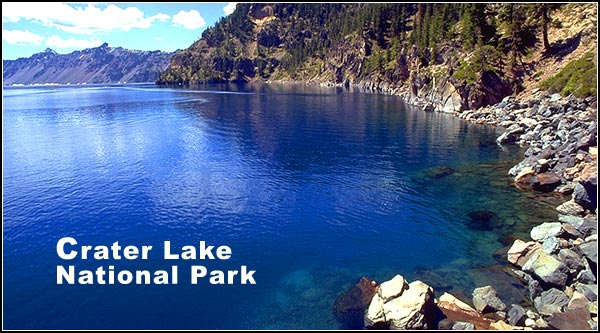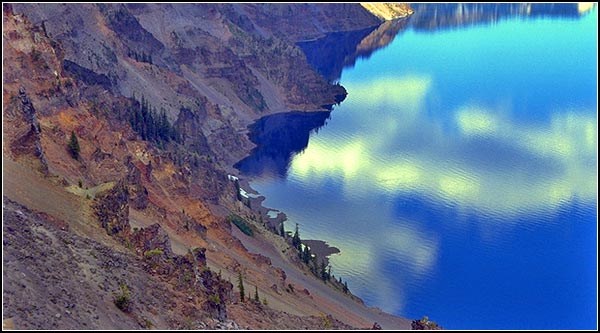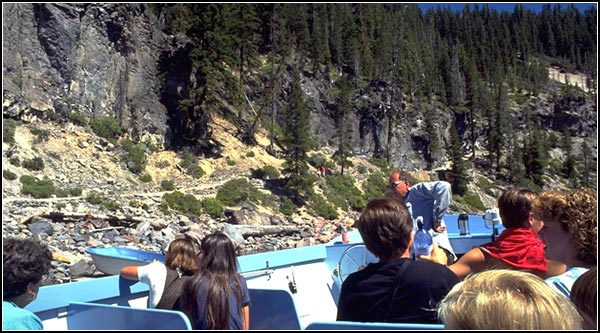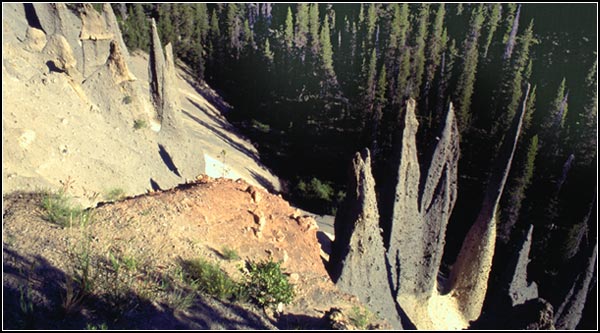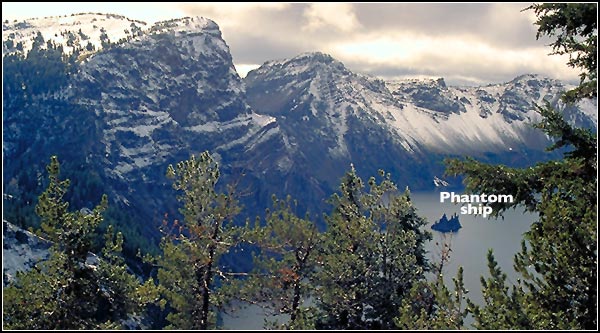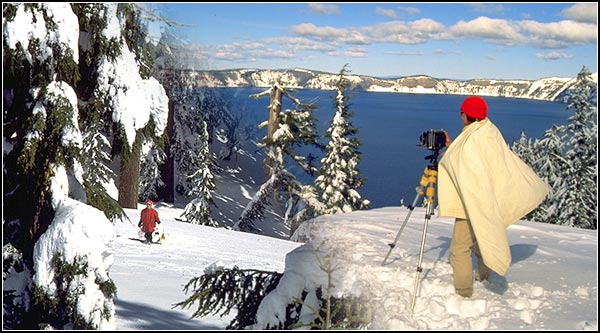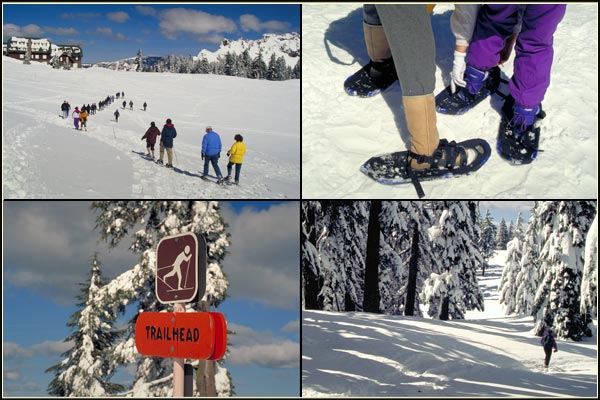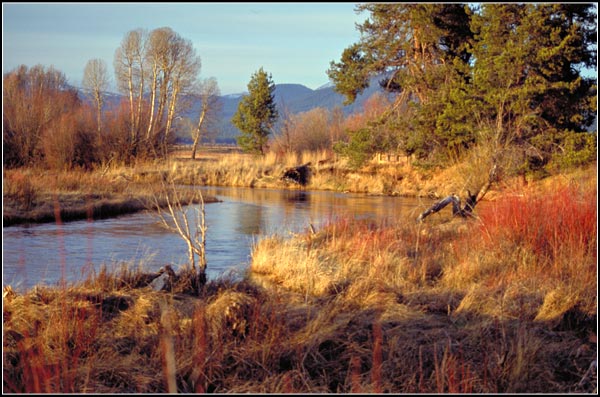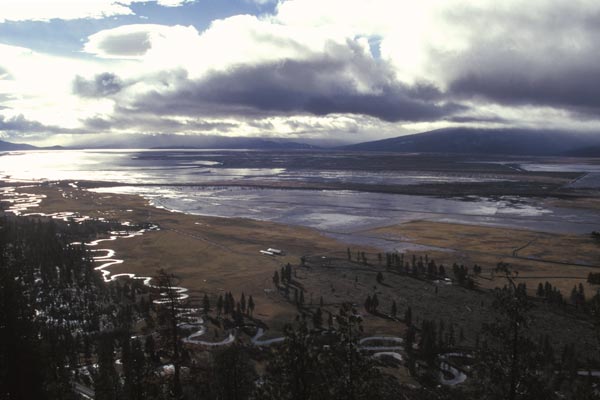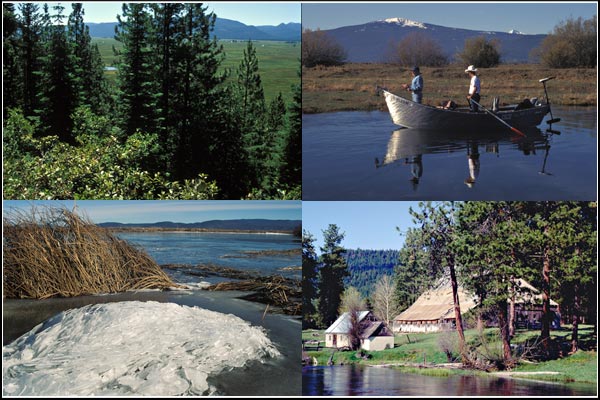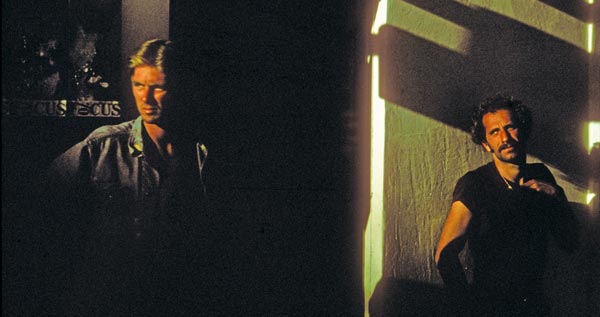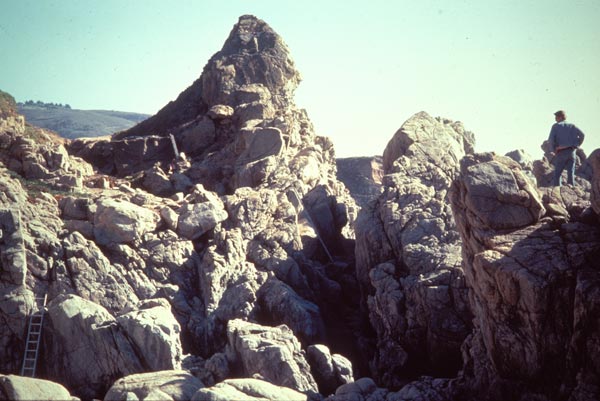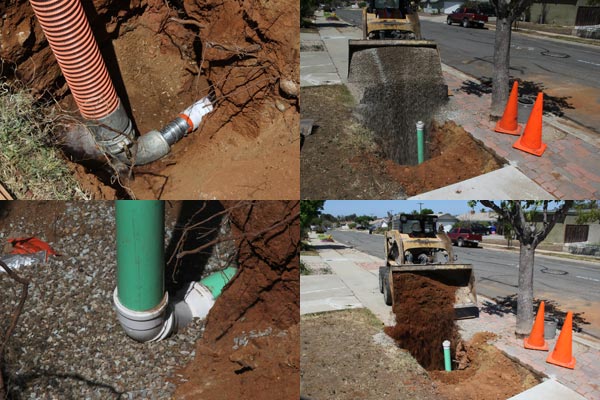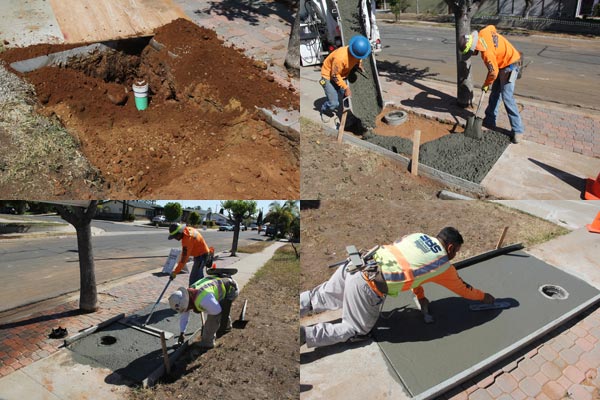A work in progress…
The year started out well for me. January 5th, 1964: I was in attendance with 27,000 fans, along with my dad, under famous San Diego winter blue skies, 57 degrees, 26% humidity and 10 mph winds out of the northwest in San Diego’s Balboa Stadium. I had bought us $5 tickets, at the last moment, and our seats were at the top of the northern end’s upper deck. We watched the San Diego Chargers demolish the Boston Patriots and win the AFL championship. The Chargers’ coach and general manager Sid Gillman challenged the NFL champion Chicago Bears to a game to decide the true World Champions. The Bears owner – general manager “Papa Bear” Halas declined. Any Charger fan took this as a forfeit and knew their Chargers were indeed World Champions. Life was good if you were me.
Gasoline was 30 cents a gallon. A new house averaged $13,050, a new car averaged $3,500 and the average income was $6,000. I could mail a letter for 5 cents and go to the movies for $1.25. A loaf of bread cost 21 cents and rent averaged $125.
And now a bigger picture:
Human population reference:
San Diego City: 1960 573,224, 1970 696,769, 2012 1,322,553
San Diego County: 1960 1,033,011, 1970 1,357,854, 2012 3,095,313
California: 1960 15,717,204, 1970 19,971,069, 2012 37,253,956
USA: 1960 179,323,175, 1970 203,302,031, 2010 307,745,538
Earth: 1960 3,026,002,942, 1970 3,691,172,616, 2014 7,243,789,121
San Diego County voted for Goldwater in the 1964 presidential election with 50.3% vs 49.7% for Johnson. There were 33 votes cast for others. It was a donkey and elephant – GOP and DEM world.
Other 1964 notes from various sources.
Martin Luther King receives the Nobel Peave Prize
Boston Strangler is captured
The VCR home video recorder, buffalo wings, G.I. Joe action figures, computer mouse and bubble wrap are brought to market.
The best selling book was “The Spy Who Came In From The Cold”
Three civil rights workers are murdered in Mississippi during Freedom Summer
New York’s World Fair
The big Broadway shows were “Hello Dolly,” “Funny Girl” and ‘Fiddler On The Roof”
Riots included Elizabeth, Paterson and Jersey City, New Jersey. Harlem and Rochester, New York. Chicago and Philadelphia – one could say they were “dancing in the streets”
This following is taken from the PBS website with information about the American Experience 1964. It helps keep a sense of pacing for the year. This is to be used for reference only.
In January of 1964 Americans were still reeling from the assassination of President John F. Kennedy on November 22, 1963. Vice President Lyndon B. Johnson was sworn in as President of the United States, and, in his first year as president, he would enact a series of radical reforms that would fundamentally alter American life. Read more about the dramatic events of 1964 — in political legislation, civil rights and youth culture — that forever changed American society.
January 3 – Arizona’s two-term Republican senator Barry Goldwater announces his candidacy for president of the United States. Nicknamed “Mr. Conservative,” Goldwater and his campaign spark a conservative revolution within the Republican Party that will define the GOP and American politics for generations.
January 11 – U.S. Surgeon General Luther Terry releases the first Report on Smoking and Health. After reviewing more than 7,000 scientific articles, his advisory committee concluded that cigarette smoking causes lung cancer as well as a host of other medical issues.
January 18 – The Port Authority of New York and New Jersey releases designs for the original World Trade Center buildings.
January 29 – Stanley Kubrick’s dark comedy, Dr. Strangelove or: How I Learned to Stop Worrying and Love the Bomb premieres. The film satirizes Cold War politics, playing upon American anxieties and changing attitudes towards nuclear warfare. The film has since been cited as the “best political satire of the century” by Roger Ebert.
February – Betty Friedan’s The Feminine Mystique is released as a paperback, with its first printing selling 1.4 million copies. Friedan’s book ushers in a transformative feminist movement as housewives across America come to identify with the “problem that has no name” and acknowledge dissatisfaction with their domestic roles.
February 2 – G.I. Joe makes his debut as an “action figure” toy.
February 9 – The Beatles perform “Till There Was You” live on The Ed Sullivan Show to an audience full of screaming teenagers and a record-breaking 73 million television viewers. Though the group had been rapidly gaining popularity in America since the December 1963 release of “I Want to Hold Your Hand,” their Ed Sullivan appearance confirms that Beatlemania is sweeping the country.
February 25 – In a surprise upset, Olympic gold medalist Cassius Clay beats Sonny Liston in Miami Beach, Florida, and is crowned heavyweight champion of the world. Just one day later, he announces that he has joined the Nation of Islam and is changing his name. For the remainder of the decade, Muhammad Ali becomes known outside the boxing ring for his socio-political beliefs — specifically on racial equality and the Vietnam War.
March 4 – Union leader Jimmy Hoffa is convicted of jury tampering, fraud and bribery.
March 14 – In the United States’ first-ever televised trial verdict, Jack Ruby is found guilty of murder and sentenced to death for fatally shooting Lee Harvey Oswald, the alleged assassin of President John F. Kennedy.
March 16 – President Johnson submits a plan for his “War on Poverty” initiatives to Congress. The proposal helps establish federal programs still in use today, including food stamps, Head Start, Medicare and Medicaid.
Secretary of Defense Robert McNamara tells LBJ that 40% of South Vietnam is under Viet Cong control.
March 27 – The largest earthquake in U.S. history hits Alaska, registering a magnitude of 9.2.
March 30 – Jeopardy! premieres on NBC.
April 13 – At the 36th Annual Academy Awards ceremony, Sidney Poitier becomes the first black man to win a Best Actor Oscar for his role in “Lilies of the Field.”
April 16 – The Rolling Stones’ self-titled album “The Rolling Stones” debuts in the U.K., selling more than 12 million copies. A slightly altered version of the album, England’s Newest Hit Makers, is released in the United States a month later in late May. The band helps fuel 1960s counterculture and propel the “British Invasion.”
April 17 – The Ford Motor Company unveils the Mustang at the 1964 New York World’s Fair. That day, Ford takes 22,000 orders for the new car, and the company will make a record-setting 418,812 sales that year.
May 12 – In one of the first publicized instances of this kind of protest, 12 students burn their Vietnam draft cards and declare, “We won’t go!” This will become a common act of defiance against the war.
May 22 – President Johnson delivers his “Great Society” speech at the University of Michigan commencement ceremony. His speech calls for an end to racial injustice and poverty in the United States, and outlines his presidential agenda for the next four years.
June 2 – The Rolling Stones perform their first U.S. concert at a high school in Lynn, MA.
June 12 – Nelson Mandela is convicted of sabotage and sentenced to life in prison and sent to Robben Island in South Africa.
June 14 – The first group of Freedom Summer volunteers gather for training in Oxford, Ohio. Of the nearly 1,000 participants working to educate and register African Americans to vote in Mississippi and across the South, the majority are white college students from the North.
June 21 – A day after the first group of Freedom Summer volunteers arrives in Mississippi, three civil rights workers, Michael Schwerner, Andrew Goodman, and James Chaney set out to investigate a church bombing near Philadelphia, Mississippi. The three activists are arrested for a traffic violation and held for several hours. When they are released at 10:30pm, it is the last time they are seen alive.
July 2 – President Johnson signs the Civil Rights Act of 1964 into law. The act prohibits discrimination on the basis of race, color, religion, sex or national origin in employment, ends segregation in public places, and outlaws segregation practices common amongst many southern businesses for decades.
July 4 – The Beach Boys’ “I Get Around” begins a two-week stint at the top of the charts.
July 16 – At the Republican National Convention in San Francisco, CA, Senator Barry Goldwater is nominated as the next presidential candidate. In his acceptance speech he declares, “I would remind you that extremism in the defense of liberty is no vice! And let me remind you also that moderation in the pursuit of justice is no virtue,” placing his conservative agenda in direct opposition to more moderate Republicans.
Black teenager James Powell is shot and killed by a white off-duty police officer in Harlem, NY. Two days later, peaceful demonstrations erupt into violence. For six days, more than 8,000 people take to the streets, smashing windows, setting fires, and looting local businesses. They cause over $1 million worth of damage.
August 2 – Three North Vietnamese torpedo boats allegedly attack the U.S. destroyer U.S.S. Maddox in the international waters of the Gulf of Tonkin. Two days later, reports come in that the North Vietnamese have launched another attack.
August 4 – After a six-week search, the FBI finds the bodies of the three Freedom Summer volunteers, Michael Schwerner, Andrew Goodman, and James Chaney, buried in a Mississippi earthen dam. Local officials refuse to prosecute the case, so federal investigators step in.
August 7 – Congress passes the Gulf of Tonkin Resolution, allowing President Johnson to launch full-scale war against North Vietnam without securing a formal declaration of war from Congress.
September 27 – The Warren Commission announces that Lee Harvey Oswald was the sole gunman in the assassination of President John F. Kennedy. Despite its findings, the Commission does not answer the question of “why” Oswald did it.
September 27 – Bewitched premiers on ABC. The popular sitcom about a witch and her mortal husband subtly reflects changes to traditional domestic roles, as the leading woman, Samantha, has significantly more power than her non-magical husband, Darrin.
October 1 – Student activists at the University of California at Berkeley distribute information on racial discrimination at a row of tables set up at the corner of Bancroft and Telegraph Streets, a location which had traditionally been a place to share information about a variety of campus activities and events. Berkeley administrators tell the students they must keep all political activities off campus. Students see this as a violation of their First Amendment rights, and begin a protest that lasts for two days, involves thousands of students, and results in eight suspensions. One activist, Jack Weinberg, is held in police custody. Student demonstrations at Berkeley continue throughout the fall semester.
October 12 – The Soviet Union launches Voskhod 1, the first spacecraft to carry a multi-person crew in orbit around the Earth. While in space, the cosmonauts conduct physical and technical experiments, and perform extensive medical-biological tests. The mission is a success and places the Soviet Union ahead of the United States in the space race.
October 14 – Dr. Martin Luther King Jr. is awarded the Nobel Peace Prize for his nonviolent civil rights activism. At 35 years old, King is the youngest person ever to receive the prize.
October 16 – The People’s Republic of China successfully tests a nuclear bomb, making it the fifth nation in the world with nuclear bomb capabilities.
October 22 – The popular children’s book Chitty Chitty Bang Bang by Ian Fleming is published posthumously. The author, well known for his James Bond series, died August 12.
October 27 – Actor Ronald Reagan launches his political career when his “A Time for Choosing” speech broadcasts on NBC. In it, Reagan stresses his belief in small government. The speech raises $1 million for Barry Goldwater’s presidential campaign.
November – Police apprehend the Boston Strangler when they arrest Albert DeSalvo for his role in the “Green Man” rapes. DeSalvo confesses to sexually assaulting and murdering 11 Boston-area women between 1962 and 1964.
November 3 – Sitting President Johnson wins a landslide victory over Republican challenger Barry Goldwater in the 1964 presidential election. Johnson takes over 60 percent of the popular vote, which breathes new life into his “Great Society” ambitions.
November 28 – NASA launches the Mariner 4 space probe to take the first pictures of the surface of Mars. The Soviet Union’s first Mars probe failed in May; they will launch a second on November 30 which will also lose communication.
December 2-3 – After the University of California Berkeley’s chancellor refuses to drop charges against suspended free speech protesters, over 1,000 students stage an overnight sit-in at Sproul Hall. Over the next 12 hours, 814 students are arrested. The Berkeley Free Speech Movement inspires similar protests across the country and helps define modern American student activism.
December 4 – The U.S. Justice Department charges 21 Mississippi men with conspiring to deprive Freedom Summer workers James Earl Chaney, Michael Schwerner, and Andrew Goodman of their civil rights, since murder is not a federal crime. In December 1967, seven of the conspirators are found guilty, though none of the will serve more than six years in jail.
A work in progress…
1965 and Anders
I had a job at Stoney’s Rock N’ Roll Market. I worked most afternoons after school and on the weekends. My junior year in high school was going well. I was president of the campus history club, on the honor roll and a track and field team member. I had an intelligent group of friends who were interested in the world and could express their feelings and concerns about the here-and-now and the unknown future. We had all experience the cold war Cuban missile crisis and we knew the world was unstable with the ever-present threat of Nuclear War. Our conversations would run from what role should the USA play in world affairs, what roles would we play in USA affairs and which was more important – girls’ breasts, butts, legs, faces or personality?
I drove a 1962 Chevy Biscayne two door, which I painted gold with a black roof. I removed the back seat and added a bed that extended from the back of the front bench seat to the end of the trunk. It performed multi-functions including moving my drum set. I couldn’t understand why a car would not have a bed. In a couple of years I would trade this car for a walk-in Ford delivery truck that slept six and had a record player. Times they would be a changing.
But we all knew there were storm clouds over our middle-class suburban existence: Viet Nam, political extremism around the corner and the lingering shock of President Kennedy’s assassination. I saw an acoustic Bob Dylan at San Diego State, well what I really saw was his back because he chose not to face the audience. When he made small talk it was with a group at the back of the stage. I wasn’t impressed. Later that year I would see the last concert of the Beach Boy’s first national tour. My high school would win the track and field championship and I would serve as the bicycle court judge for the City of El Cajon. Every Saturday morning I would go into the Judge’s chamber of the new courthouse. I would put on a black robe and wait for the bailiff to come and get me. We would walk into a court room filled with put-upon parents and their squirmy kids. The bailiff would announce my name, the court room was seated and another session was underway.
The following list came from jotting down phrases from the PBS American Experience episode 1964. These phrases are bones for a 1964 tone poem.
Do something about it
Stand up to the man
Eliminate injustice
What does freedom mean?
A moment to decide
I don’t have to be what you want me to be
One more moment of brutality
No better time to go from the past into the future
Can we change the course of history?
Occupation of the administration
Collective jailbreaks and bikinis
LSD road trips
Nobody knows and the media doesn’t care
Filibusters, civil rights and Ringo for President
Fire hoses and police dogs
Cigarette lung cancer warnings
Mustangs are a individual statement – not a way of getting from here to there
Brain washed by television shows and magazines
Cassius Clay rappin’ and turning Muslim
There are problems with no names
Grow as a human being
Youth matter economically
Finding black bodies, a summer in Mississippi
Singing songs together but not sensing danger
A year of choice but not moving fast enough
Fighting over the same word – freedom
No boots on the ground – end this thing before it begins
Gulf of Tonkin has the smell of trouble
“I Want to Hold Your Hand” and not get a haircut
“Dancing in the Streets” and Harlem riots
“Times They Are a Changing” and conspiracies
“A Change is Going to Come” and conservative political realignment revolution
LBJ, Goldwater and Reagan
Nonviolent occupation, arrested demonstrators and radicalizing experiences
Environmental protection, Medicare, civil rights, war on poverty and a great society
A year that was something different
Bewitched and rebellion everywhere
Individual liberty and freedom schools
Vices and virtues, popular culture and advertising
JFK’s new frontier and LBJ’s great society
Unarmed black kid shot to death by white policeman
A more just world and evasive commitments
Echoes of war overseas and alienated segregationists at home
Warren Report and the lone gunman theory
“Feminine Mystique” and “The Spy Who Came Out of the Cold”
Andy Griffith, Gomer Pyle, Dick Van Dyke and the Adams Family
Free speech movement and committees create to setup rules
©2014 Anders Tomlinson, all rights reserved

